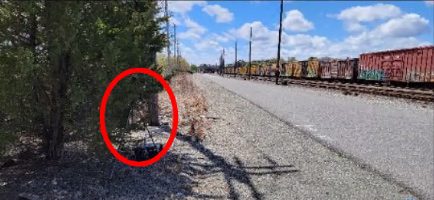Agree 100%.
I'll add, too, that even if the residents are mistaken, it's a good idea to keep incrementally making this infrastructure nicer for the people around it. (It's lower priority at the moment, but still.) First, it's just a good thing to do. We shouldn't be needlessly dumping negative externalities on people. And second, if our public transit infrastructure is a loud f'n nuisance, it will get less support. People will be justifiably wary of any kind of expansions, and might fight against it. A similar thing keeps coming up in any discussion involving elevated rail, which many people oppose because they associate it with the loud, banging, screeching els of the past. Having good counter examples (like the new Lechmere) is probably important for swaying people.
The main benefits of public transit compared to cars is it can move far more people with far fewer negative externalities. It can be safer, take up less space, pollute less, and be far quieter. We should play to those strengths.


